Language
You can read the magazine in one of the following languages
Geolocation
You can read the global content or the content from your region
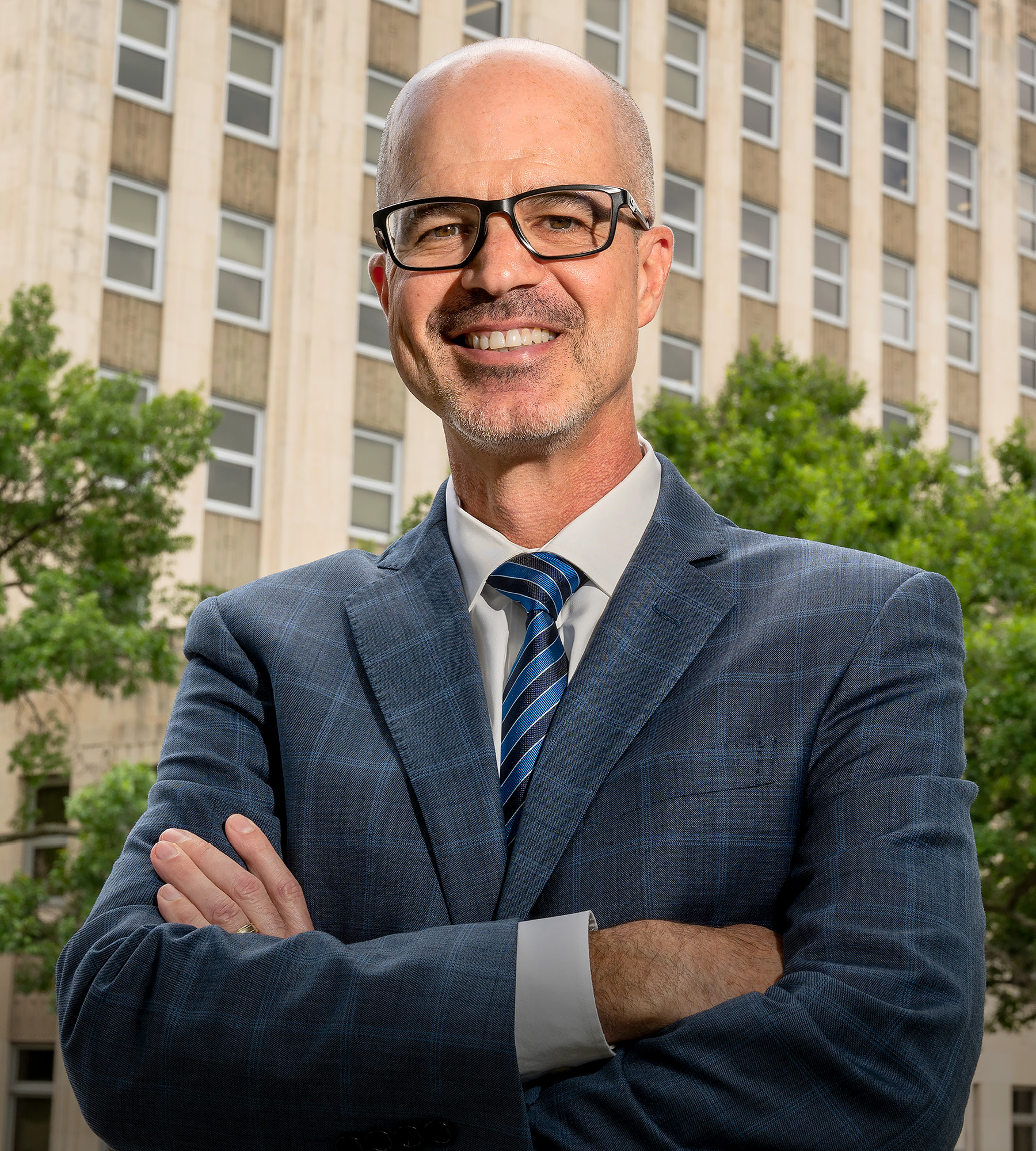
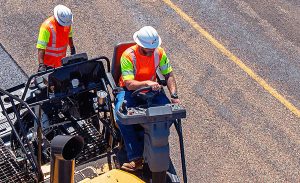
In 1990, the year Marc Williams graduated from Texas A&M University with a degree in civil engineering (specializing in transportation engineering), Transportation News declared compressed natural gas as the fuel of the future. The next 10 years were already being hailed as the decade of the environment.
It was quite the moment to take his first steps in the transportation industry, but Texas Department of Transportation (TxDOT) Executive Director Williams sees the pace of current change – and the opportunity this change is driving – as the most exciting time he’s witnessed across a three-decade career in the industry.
“Our transportation system is modernizing at a pace that is unlike anything I’ve seen in my career, thanks to technology and innovation,” he tells The CEO Magazine. “We’re seeing everything from advancements in connected and automated transportation systems to smart vehicles and smart infrastructure evolution on the digital side with 3D design.”

This acceleration can particularly be felt in his state, Texas, which has the largest highway network of any state in the United States: 505,300 kilometers. If you were to unfurl it out as one single road, it would stretch from Earth to beyond the Moon.
By the very fact that Texas moves more freight than anyone else (more than 1.2 billion metric tons of freight valued at over US$1.6 trillion per year), it is also fast becoming the national epicenter for automated transportation systems. Leaders in the field, such as Kodiak Robotics and Aurora Innovation, are already fluent in operations along the highway corridor between the Dallas—Fort Worth metroplex and the Houston port area.
“We’re working alongside them to improve the communication systems that benefit their operations,” Williams says. “But there are benefits that translate to all motorists on that system, in terms of enabling faster real-time information that improves safety for all travelers.”
Safety technology, he adds, is particularly pertinent as the department looks to return to the downward trajectory the state was on before the COVID-19 pandemic. “Be it fatalities or serious crashes, none of those are acceptable to us, so there’s a big effort that we have to work collaboratively on with others to begin to refocus those attitudes,” he acknowledges.
“We’re seeing tremendous opportunities in that whole arena of transportation safety from our technology deployments.”
In government, private–public partnerships are always important to achieving growth and development goals, and TxDOT is no different. Williams says that over 90 percent of everything it does touches some sort of private sector involvement, either contracting or engineering through partners such as Williams Brothers Construction or consultancy firms such as BGE.
He explains that, alongside such cooperative partnerships in the automated vehicle industry, harnessing AI to build and enhance the department’s capabilities for real time data management is an area where these relationships have become particularly essential.
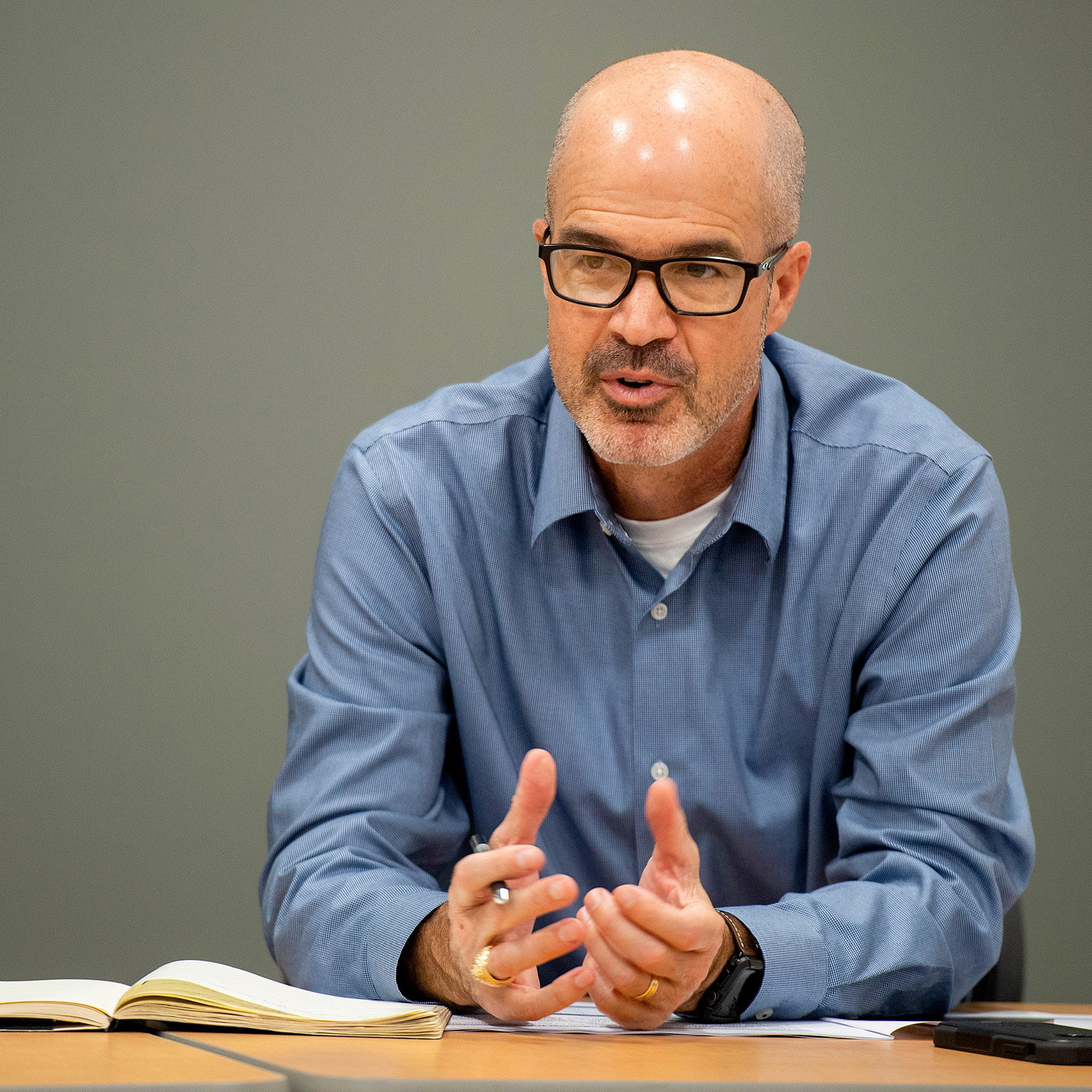
“We know that we’re not expected to sit by complacently and just allow things to run their natural course. We’ve got to deliver.”
“We’re seeing applications such as traffic management systems emerge from our work with private industry,” he says. “Together, we’ve developed integrated AI systems that can help us use data and video analytics to more rapidly identify and detect incidents on our highway system and to help us address those more quickly,” he says.
Data is one area where the department has invested strongly. “We’ve worked in partnerships to acquire that data through sources such as the vehicle manufacturers, but we’ve also invested in the data management systems that we need to be able to use that data in.”
Texas, Williams explains, has form when it comes to investing in its transportation system.
“The state has traditionally supported a strong transportation infrastructure system and investments in that system because it’s what drives our economy,” he explains.
As well as boasting the most jobs in the country – and the eighth largest economy in the world – Texas is the top exporting state in the United States, accounting for more than 22 percent of all the nation’s exports.
“We have the largest and most robust transportation system in the United States,” he says. “When you look at the size and extent of our highway system, our rail system, the number of bridges and bridge structures that we have, the number of ports and international border crossings we have, all of these lead the nation in the United States relative to transportation infrastructure.”
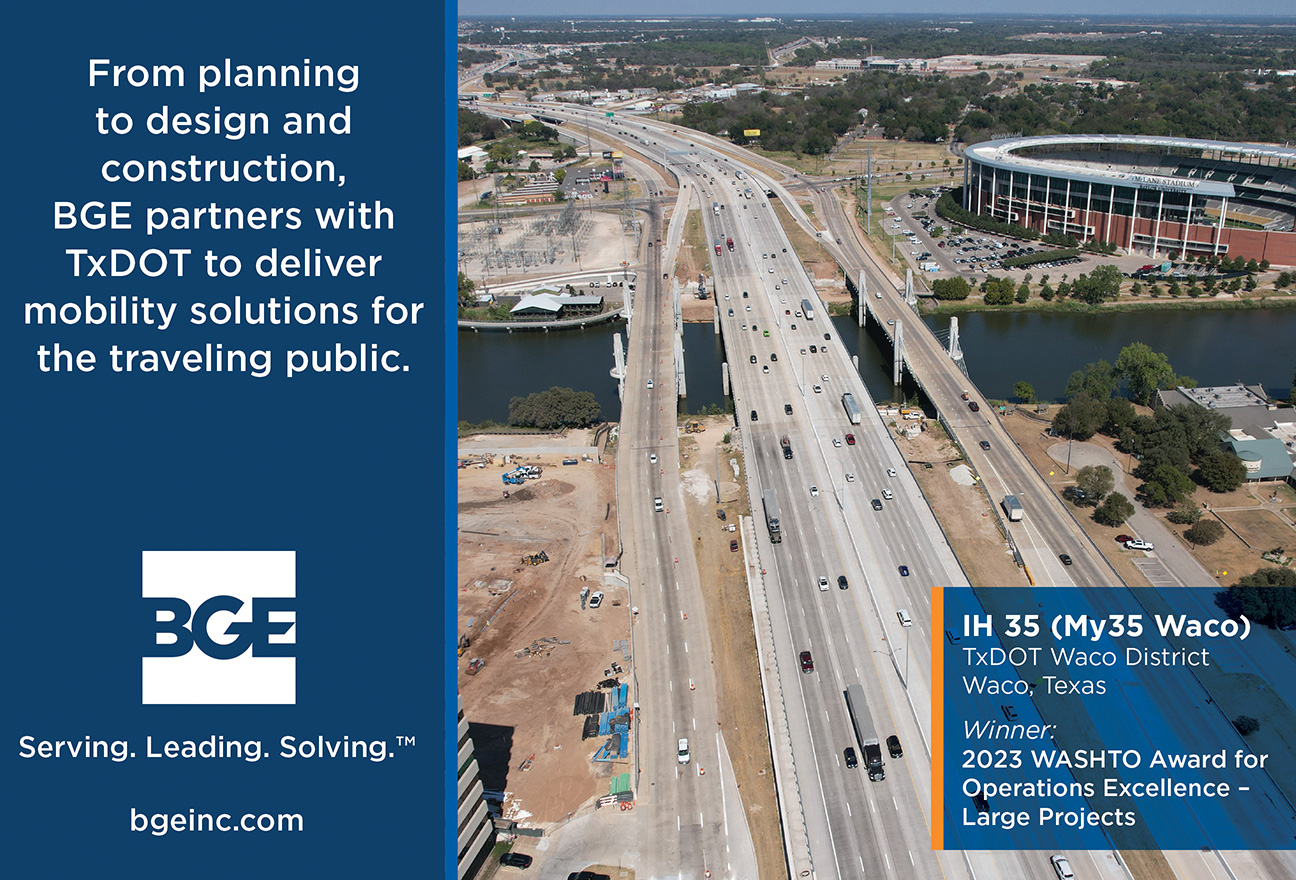
This means that the state’s transportation infrastructure and economic growth are closely linked.
Funds were boosted in 2014 and 2015 when then newly elected Governor, Greg Abbott, passed two proposals to dedicate a percentage of oil and gas severance taxes and sales taxes to the State Highway Fund. “That now represents about half of the funds and the resources that we use for the construction of our transportation system,” he says.
It also means that there’s a lot of expectations on TxDOT’s shoulders to deliver those resources, not only for the sake of the transportation system, but also for the economy.
Currently, there are over US$52 billion in active construction projects in Texas, and the pace is showing no sign of slowing down. A further US$104 billion has also been injected in the department’s 10-year plan, part of a total investment of US$148 billion to meet the transportation needs of the state’s rural and urban areas.
“We know that we’re not expected to sit by complacently and just allow things to run their natural course. We’ve got to deliver,” he says.
William also appreciates that it’s his role to steward the legacy of TxDOT.
“Our agency has existed for over 107 years in some form, and my task, and our collective task, is to build upon that legacy by continuing to modernize ourselves as an organization, evolve our agency and respect the role that the Department of Transportation has in the economic wellbeing of our state,” he says.
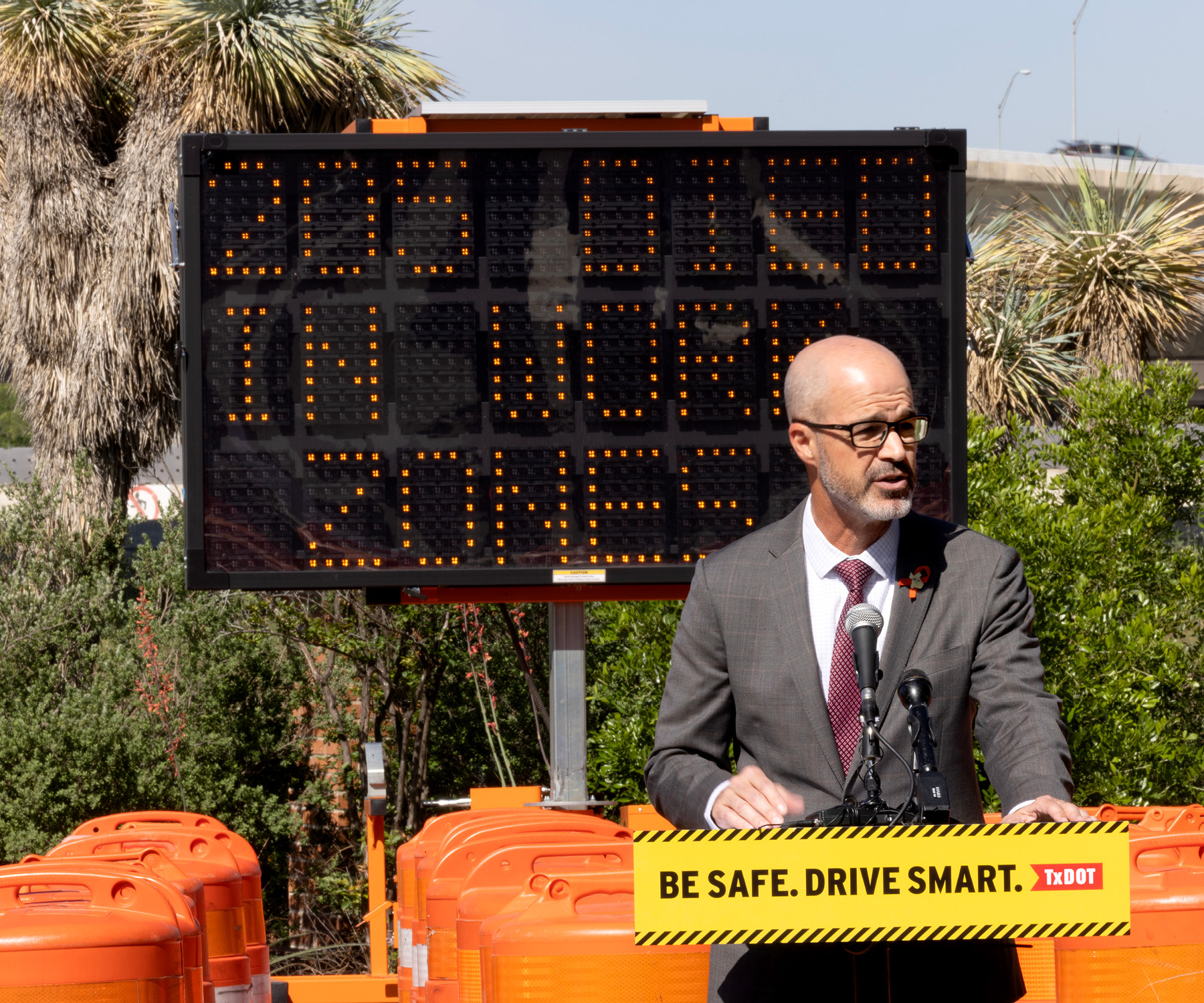
Safety, Williams says, is the department’s number one priority. “It starts first of all with building upon a culture of safety within our organization, and prioritizing safety in what we do and who we are,” he says.
The department has made great progress in lowering vehicle incidents internally and employee injury rates. Sadly, the same cannot be said from a public safety standpoint, which is still feeling the effects of a 20–25 percent increase in fatalities on the national highway system during the COVID-19 pandemic – and Texas represents about a 10th of that.
“We have to work with others, from law enforcement to other agencies, police, fire, emergency services – and even motorists themselves – to refocus on the importance of safety when it comes to traveling on our roadways as either operators of vehicles, passengers of vehicles or pedestrians and bicyclists.
“It’s an important focus of our commission, which has invested billions of dollars into improving our road safety.”
Part of being good stewards is not just sitting back and appreciate all that has been done in the past, but understanding that there’s a responsibility to continue to look forward, he explains.
“Our society relies upon public infrastructure,” he says. “Everybody is touched by our transportation system in their lives, and we have an immense respect for the stewardship and an excitement and passion to continue the legacy that has really made our agency great – made our state great.”